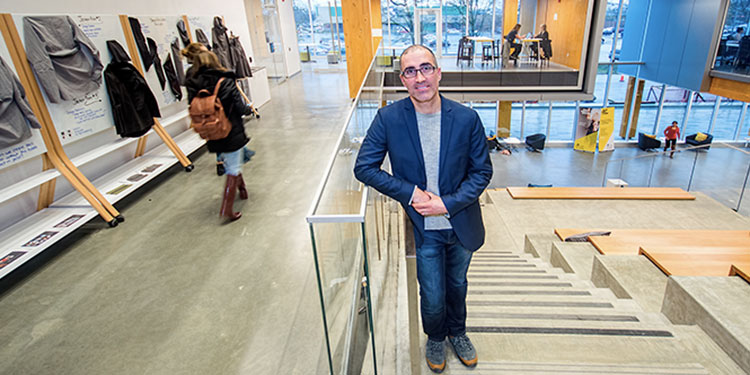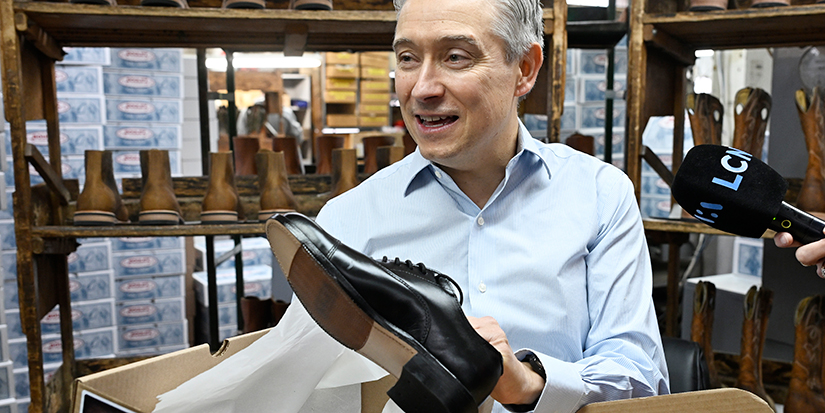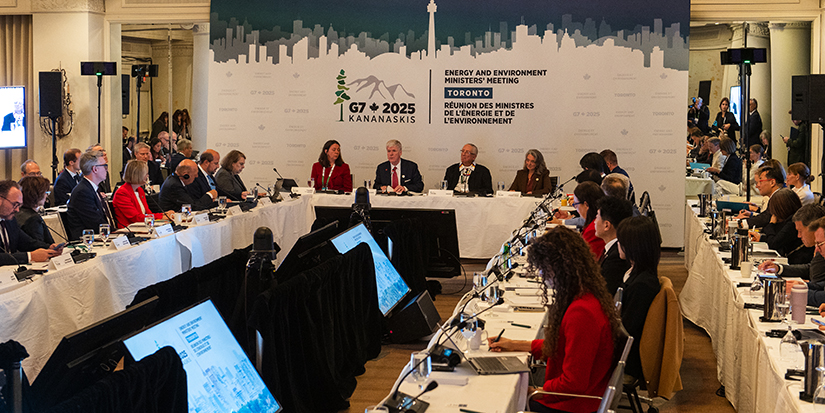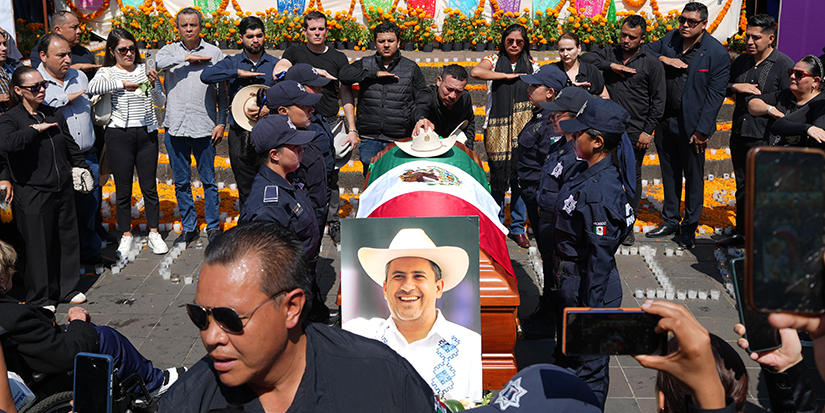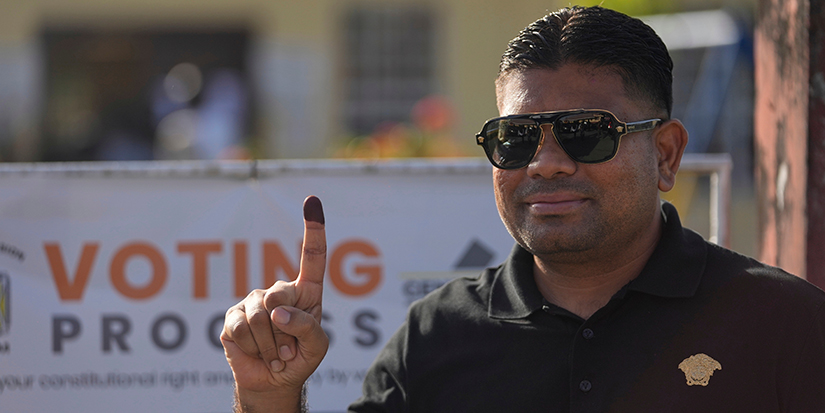Latest News
He’s a Kwantlen instructor, by design
Published 10:31 PST, Wed February 28, 2018
Last Updated: 2:12 PDT, Wed May 12, 2021
Victor Martinez is a designer, but don’t look
to him for couture fashion or even off the rack.
Originally educated in Mexico, Martinez took
his first degree in industrial design and, with a grant tucked under his arm,
headed for Italy to do a Master’s degree in automotive design.
Upon graduation there, he worked for an
independent company designing everything from plebeian Fiats to upscale Alfa
Romeos.
Design, to Martinez, is much more than just
how the car looks from the outside.
Asserting that good design is not flashy, he
says we often don’t notice it: “What makes it good design is it’s so natural,
so intuitive, so logical that you use without thinking. With bad design, you
hit yourself or things are simply ugly.”
Returning to Mexico, Martinez opened his own
design shop and helped a university friend out by teaching a university class,
then one class turned into two then three and eventually a full-time position
teaching while doing research.
From there, Martinez did a PhD in sustainable
design at the University of Northumbria in the United Kingdom. He was hired
directly out of university by the Wilson School of Design where, on top of
being an instructor, he is also a transportation design researcher.
He says people don’t always know what
designers do.
“Normally, people think of a designer as this
creative guy or person who just makes beautiful things but that’s a mistake,”
he says.
“We care about beauty but function is
important. There’s ergonomics and contact with the user. For example, when you
are driving your car, you may have your hand in the lever for the gears and at
the same time, your fingers you can reach all the buttons in the centre
console.”
He says it’s something people wouldn’t notice
but, “I spent years working on that—you have no idea how many hours we spent on
the centre console, so it is intuitive and kind to the users.”
The school of design has a decades-old
history, beginning in 1981 when Kwantlen opened. Interior, graphic and fashion
design were the first programs. Now, the school has seven different design
programs ranging from fashion to industrial.
When asked who goes into industrial design,
Martinez tells the story of his admissions process for his first degree in
Mexico.
The interview panel said to the assembled
group of hopefuls, “I’m sure each of you has a drawer in your house with
disassembled electrical appliances and broken toys, like a treasure chest for
your next project that you could put together,” he recalls.
“I’ve had that since I was six years old and
I’ve always had a drawing of my next crazy gadget”
Typical of Canadian culture, it is not your
resumé or references from powerful people but your faculty interview, where the
professors see the person you are, that determines your start at the Wilson
School of Design.
“With the interview, we can identify if that
person would be good for our program,” he says. Beforehand the instructors tell
the students to bring anything that describes their passion.
“Students come with sculpture, YouTube
channels, crafts, even apps they are working on,” he says.
Once students are admitted, the program is
hands on, with few mathematical formulae or lectures on theory.
“What we have done with the program is focus
on the design process. We like to call them information synthesizers. We want
to make them critical thinkers.”
A prospective student need not be working in
exactly the same area as the professors.
“If a student comes and wants to work on
something where I’m not an expert, they have to contact an expert, formulate
intelligent questions and use that information to inform their next steps.”
It’s something the Wilson School of Design
prides itself on.
“We are continuously growing our network of
experts,” he says. “Good design goes unnoticed. That makes it just perfect.”
